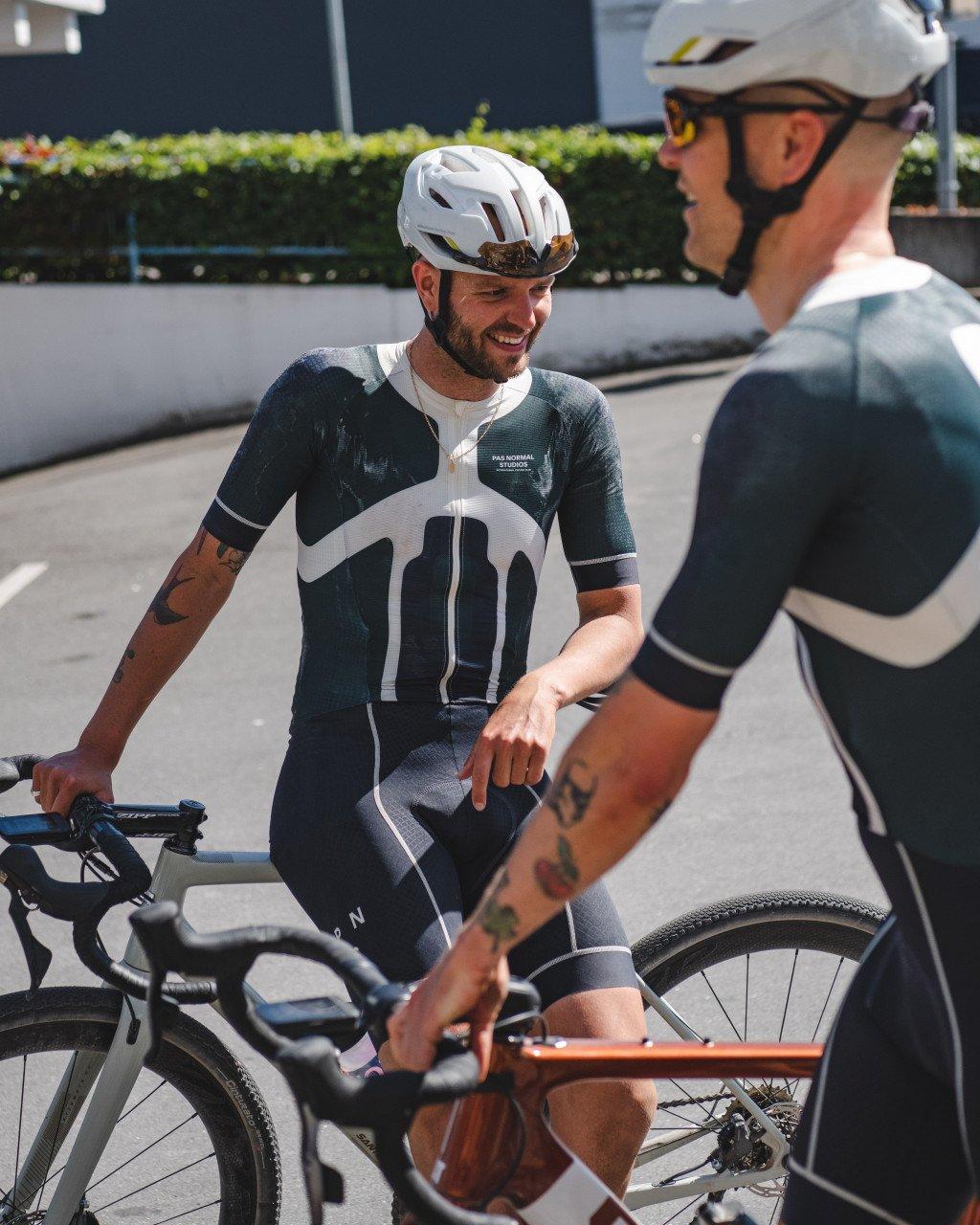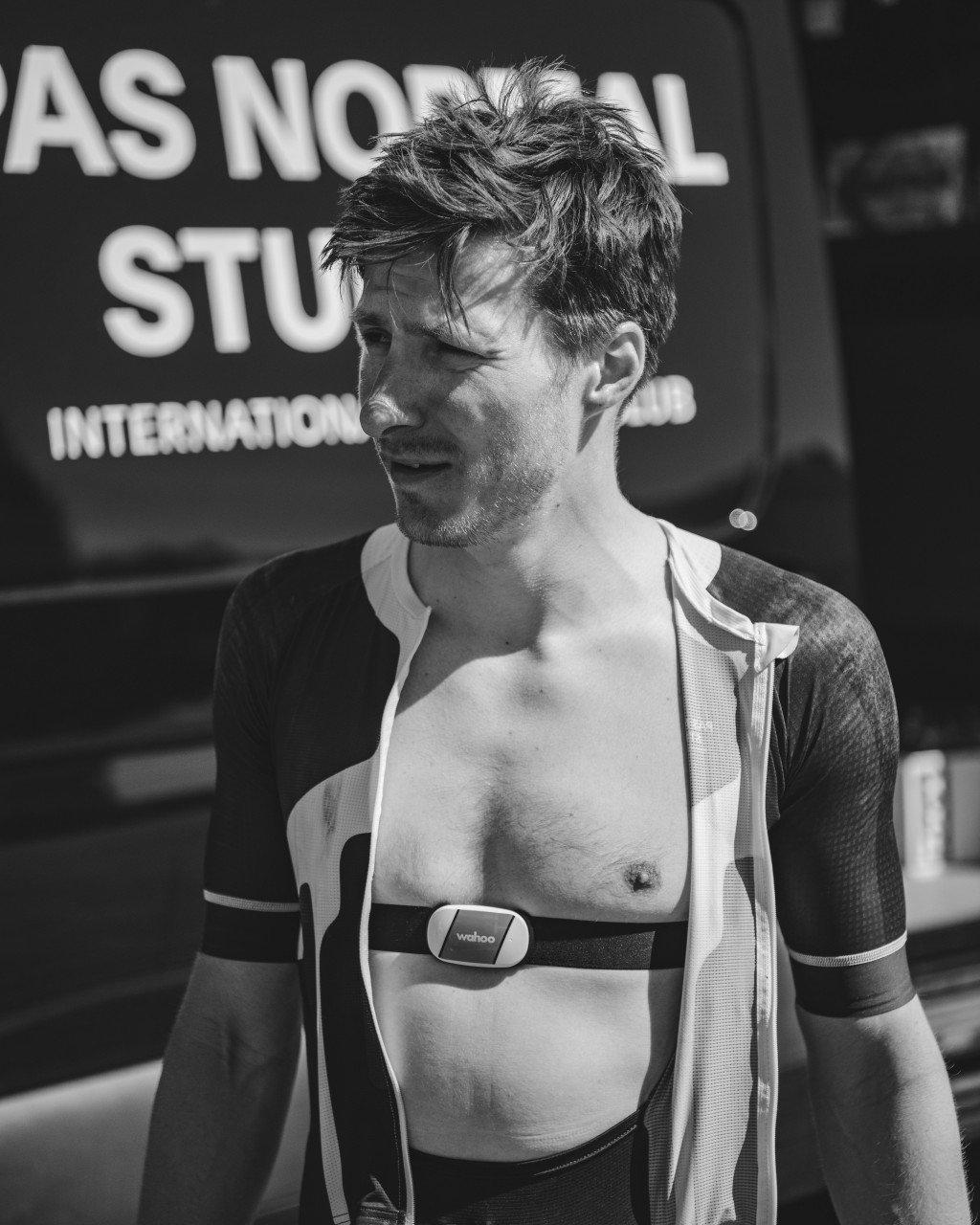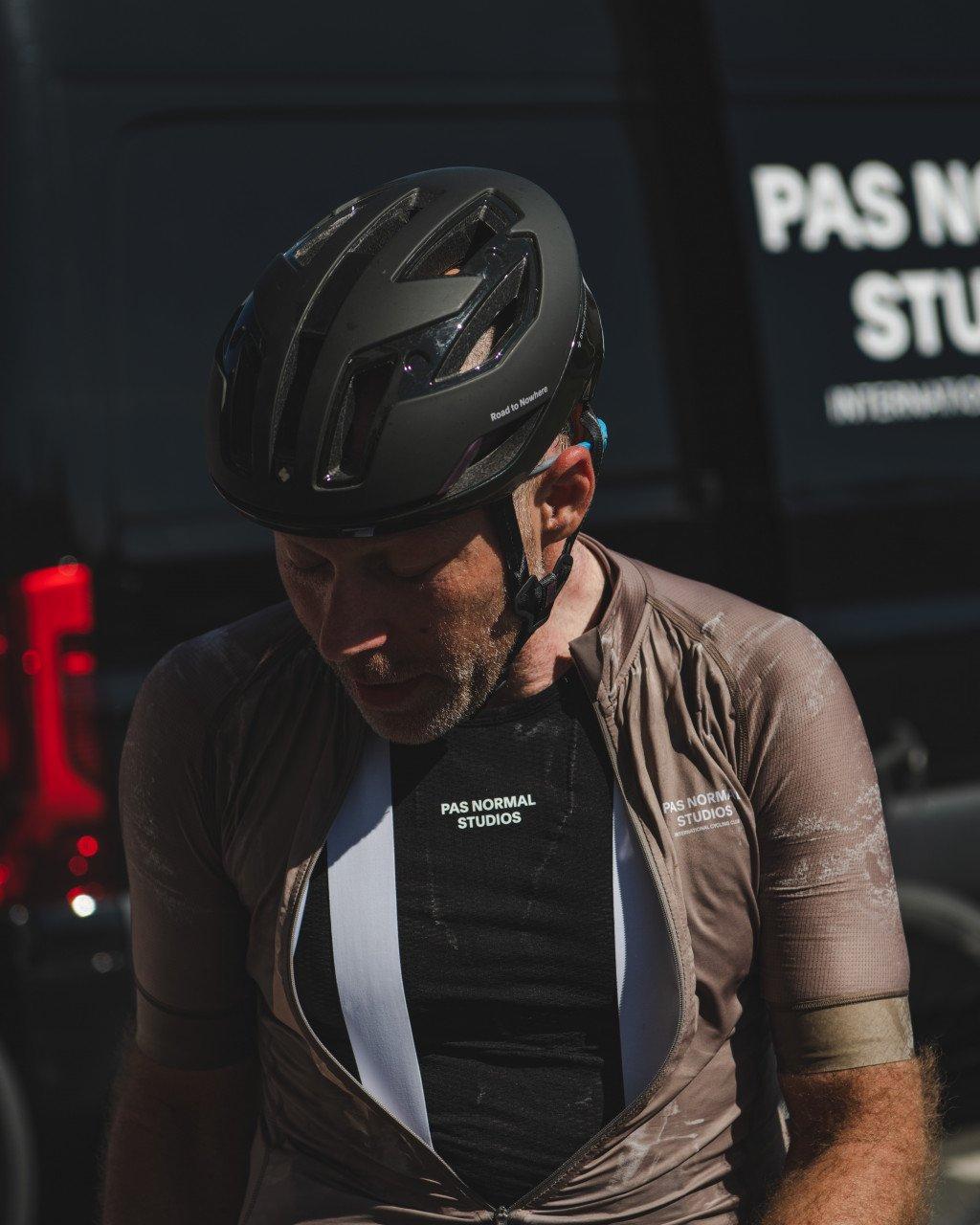The Latest Stories
Challenge
January Resolution Challenge 2026Campaign
T.K.O. - Free Your SpiritThe waters stretching across the coast of Mols Bjerge National Park laid perfectly stagnant. The winds which usually punish the western regions of Denmark had subsided to a faint breeze. The sun sat high in the sky without a single cloud in sight. These are the rare days most of us dream of throughout the year - an opportunity to head down to the beach, enjoy a couple of beers and some ice cream in the sun, and get some colour in our skin after another seemingly endless winter.
But over the horizon, you could make out a cloud of dust being kicked up into the still air and the faint silhouette of carbon and lycra approaching on 38mm tires. Barely more than one week after the inaugural Camel gravel adventure through the backroads around Copenhagen, the four-man teams were at it again. Rougher gravel, hotter temperatures, less shelter, more kilometres, and longer climbs - this was The Camel 2.0.

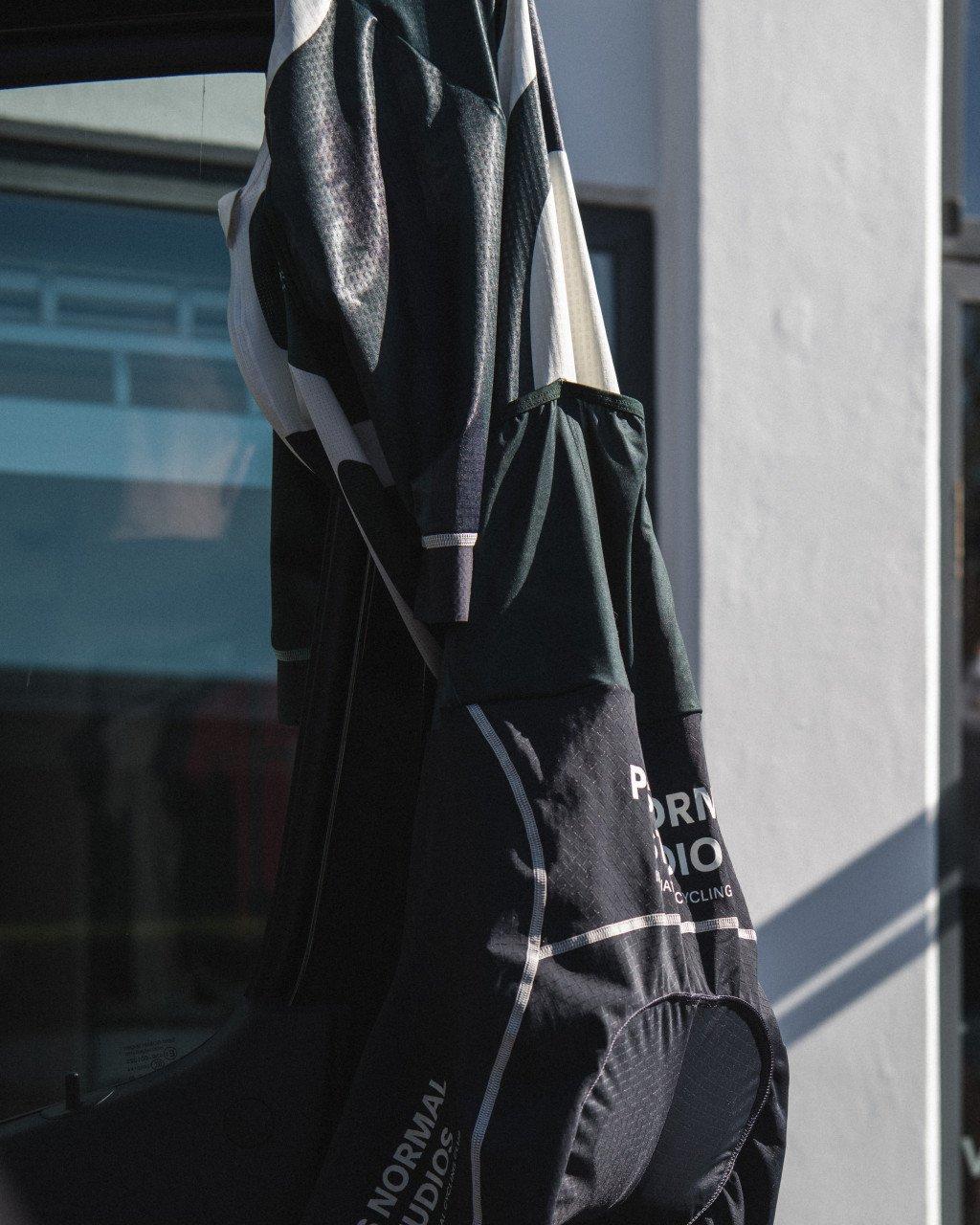
Gallery
Departing from the centre of Aarhus, the teams stuffed their pockets with bars and gels, dialled in their optimal tire pressures, and patiently waited in the nearest shady alcove for their teams to be called to the starting line for another off-road team time trial adventure. The tarmac roads leading out of the city would quickly turn into coarse, rocky paths as the teams headed north from the city towards the hilly, gravel paradise of Mols Bjerge.
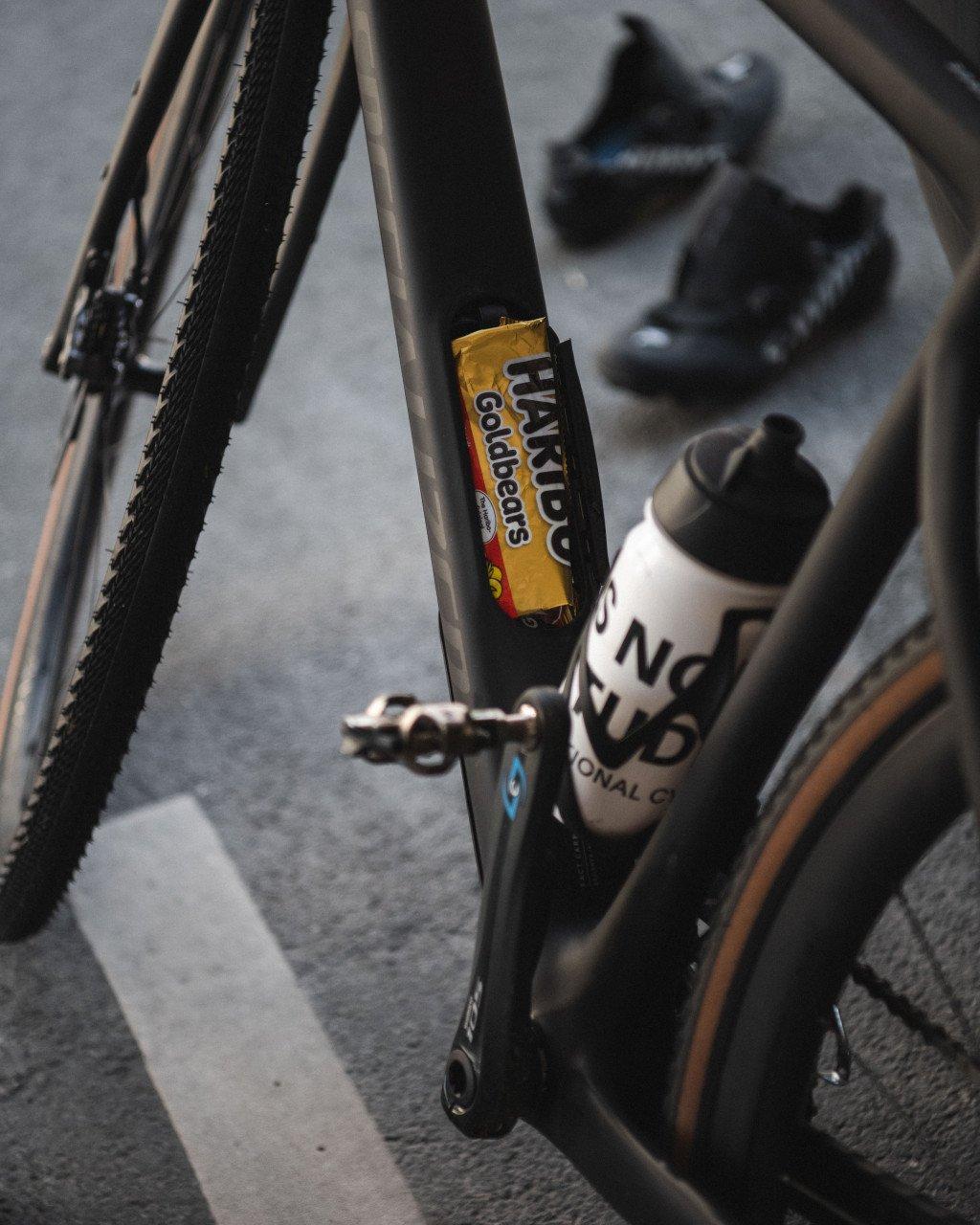
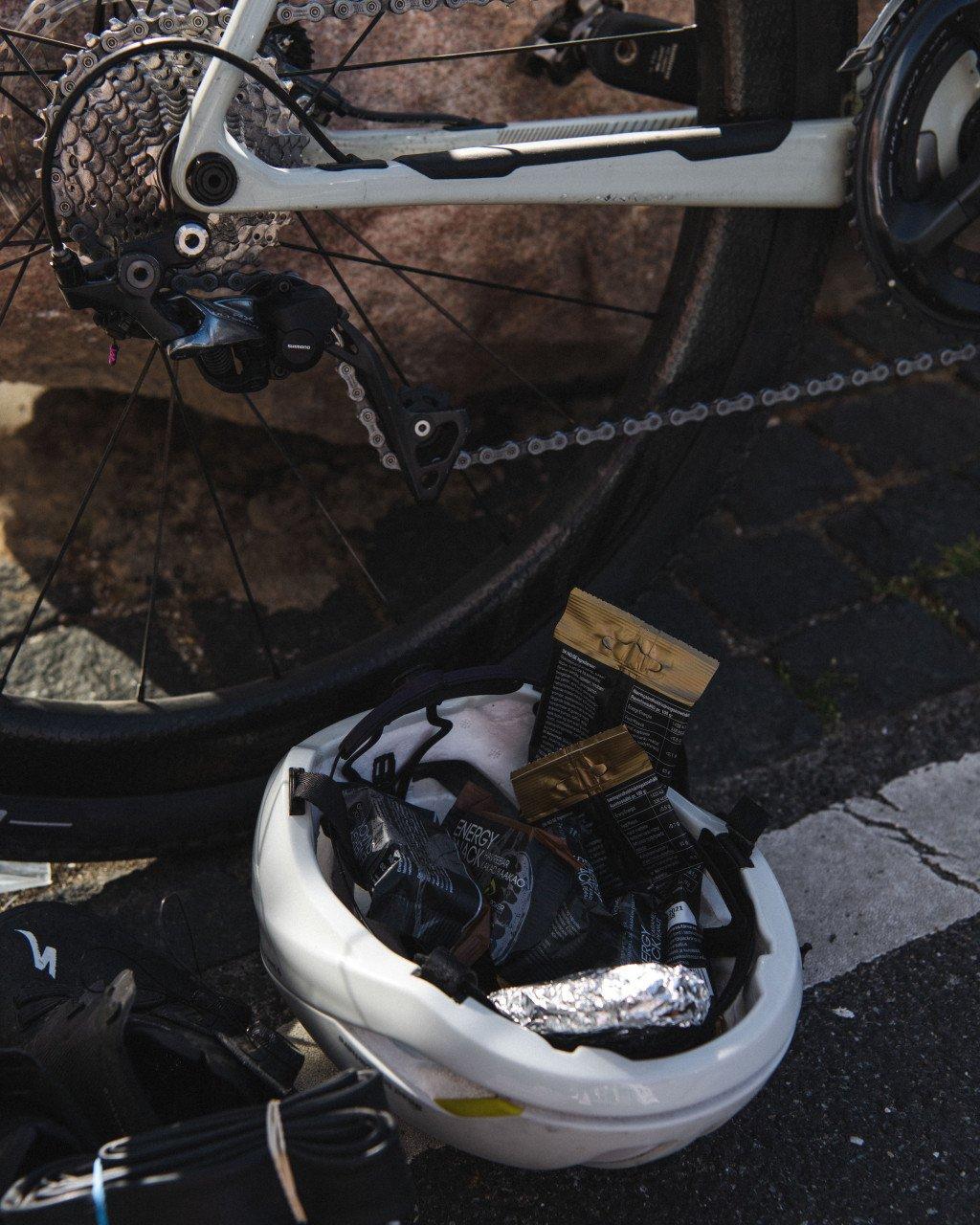

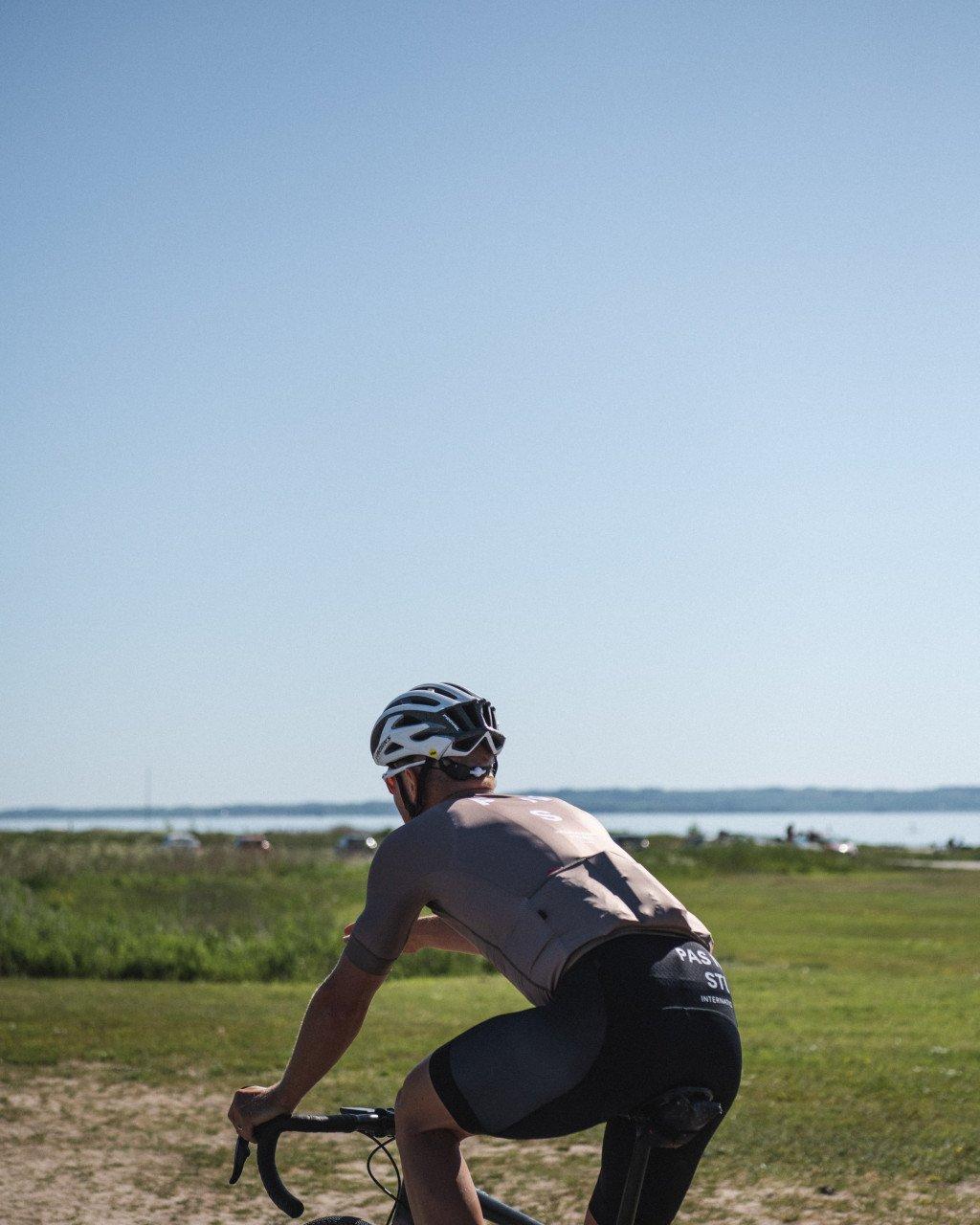
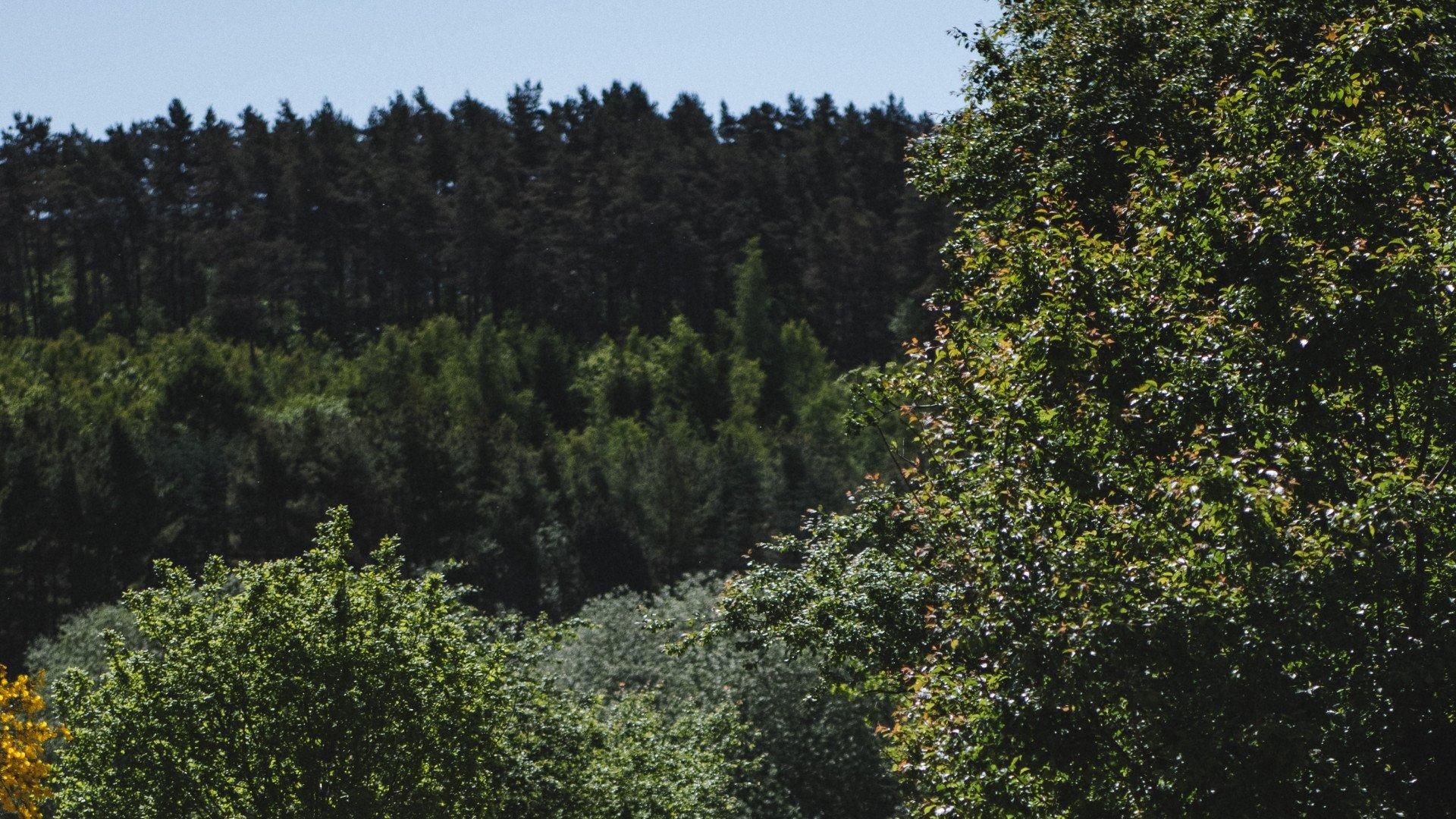
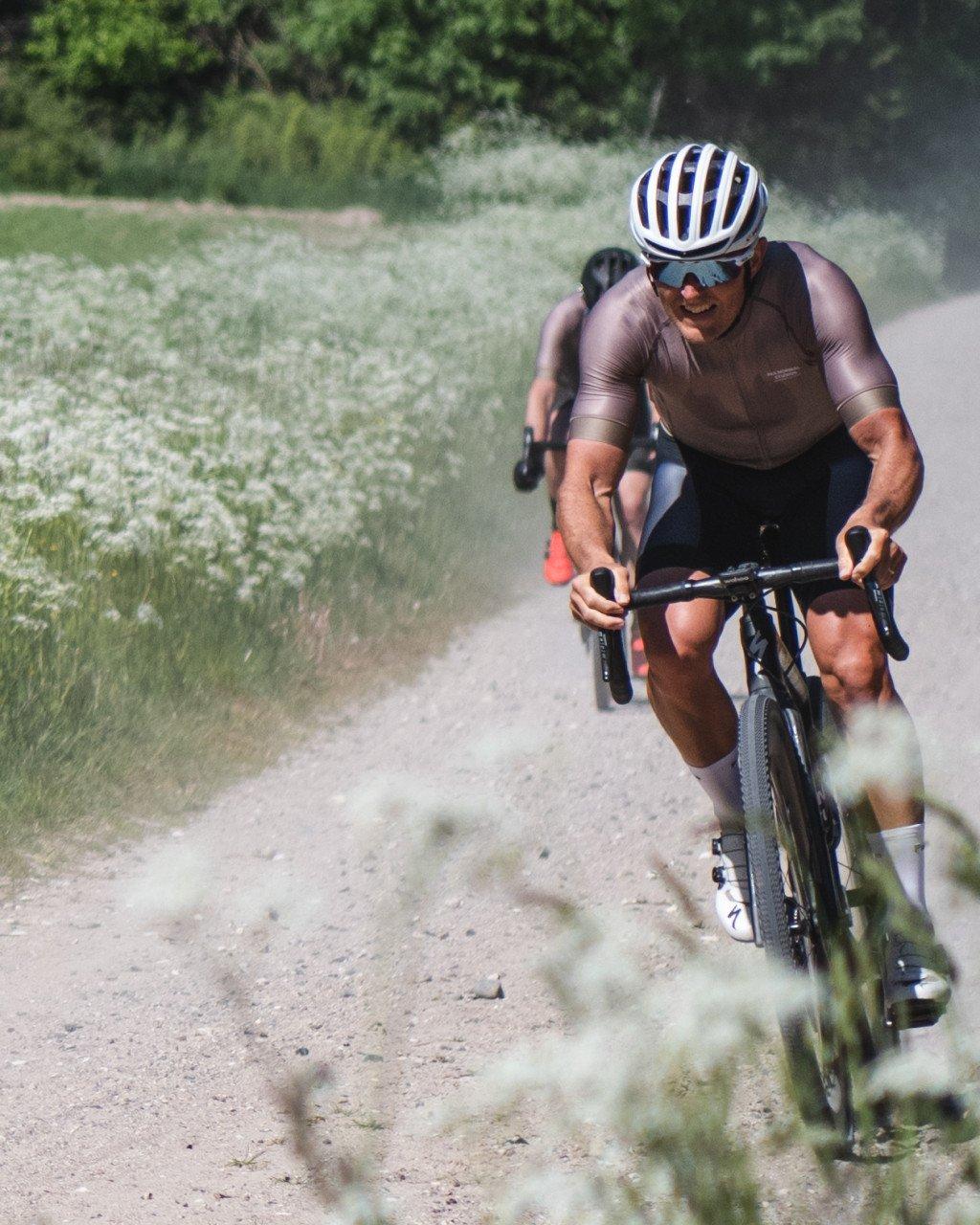
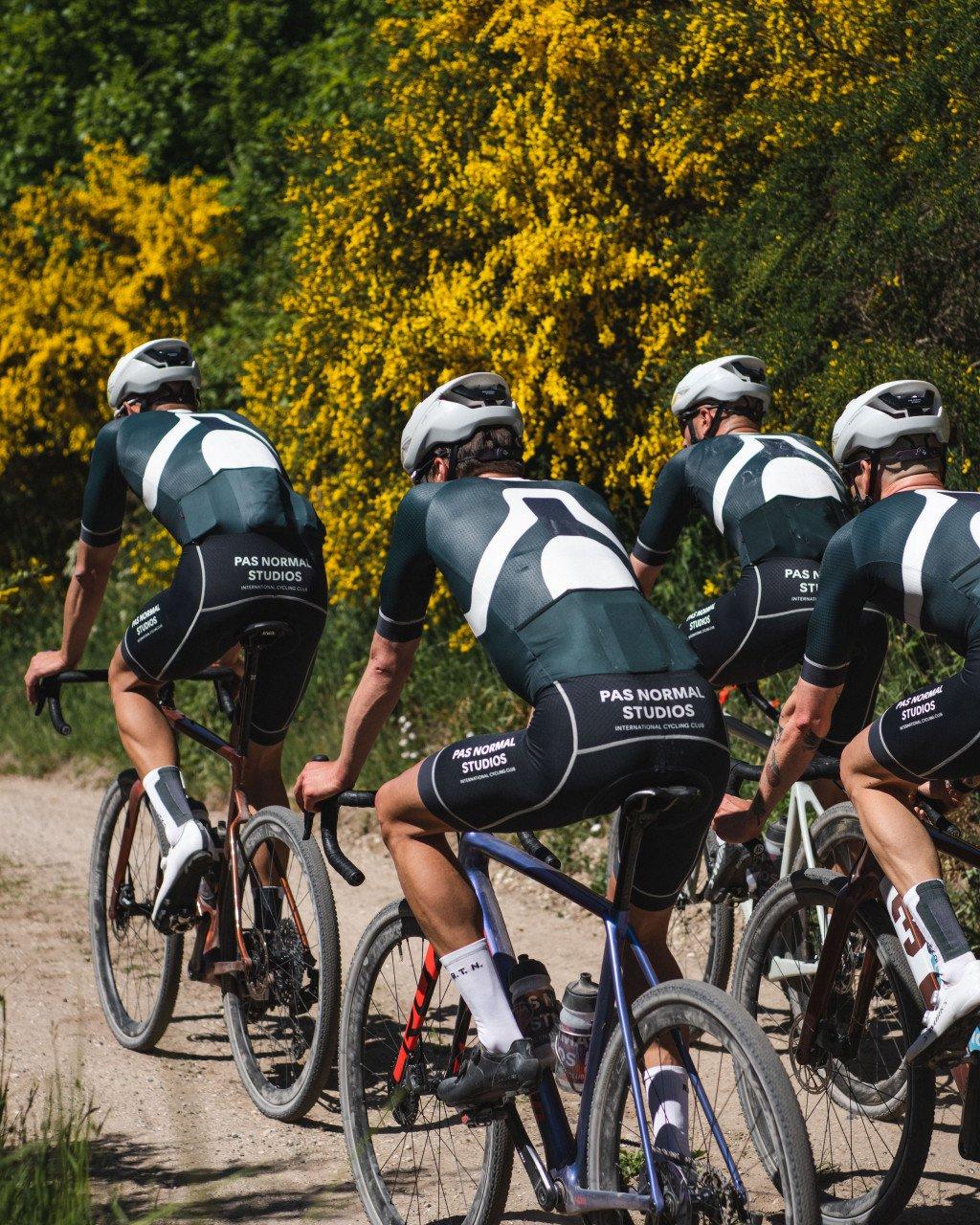

As the teams began to pull into the rest depot at the 100km mark, the physical abuse the riders' bodies had been subjected to was clearly evident. Across their hands, blisters had already been formed, opened, and filled with dust. Volunteer soigneurs had to help fill bidons and peel bananas as the mere motion of extending fingers out of the stiffened handlebar-shaped claws caused the riders too much agony. With another 60km of riding remaining through what was still the most technically challenging sectors of the course, the teams tentatively mounted their bikes again and set off stone-faced and determined to reach the finish.
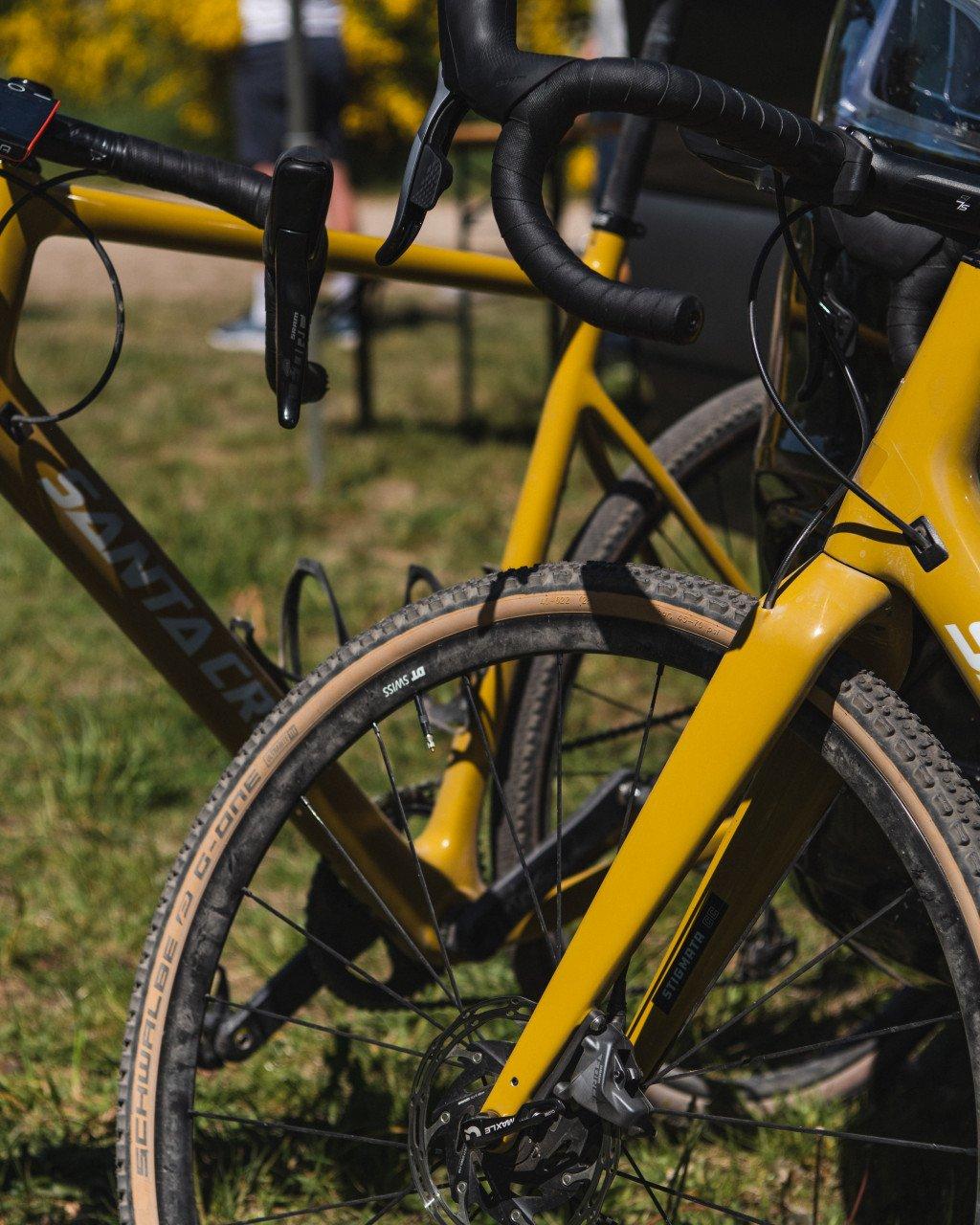
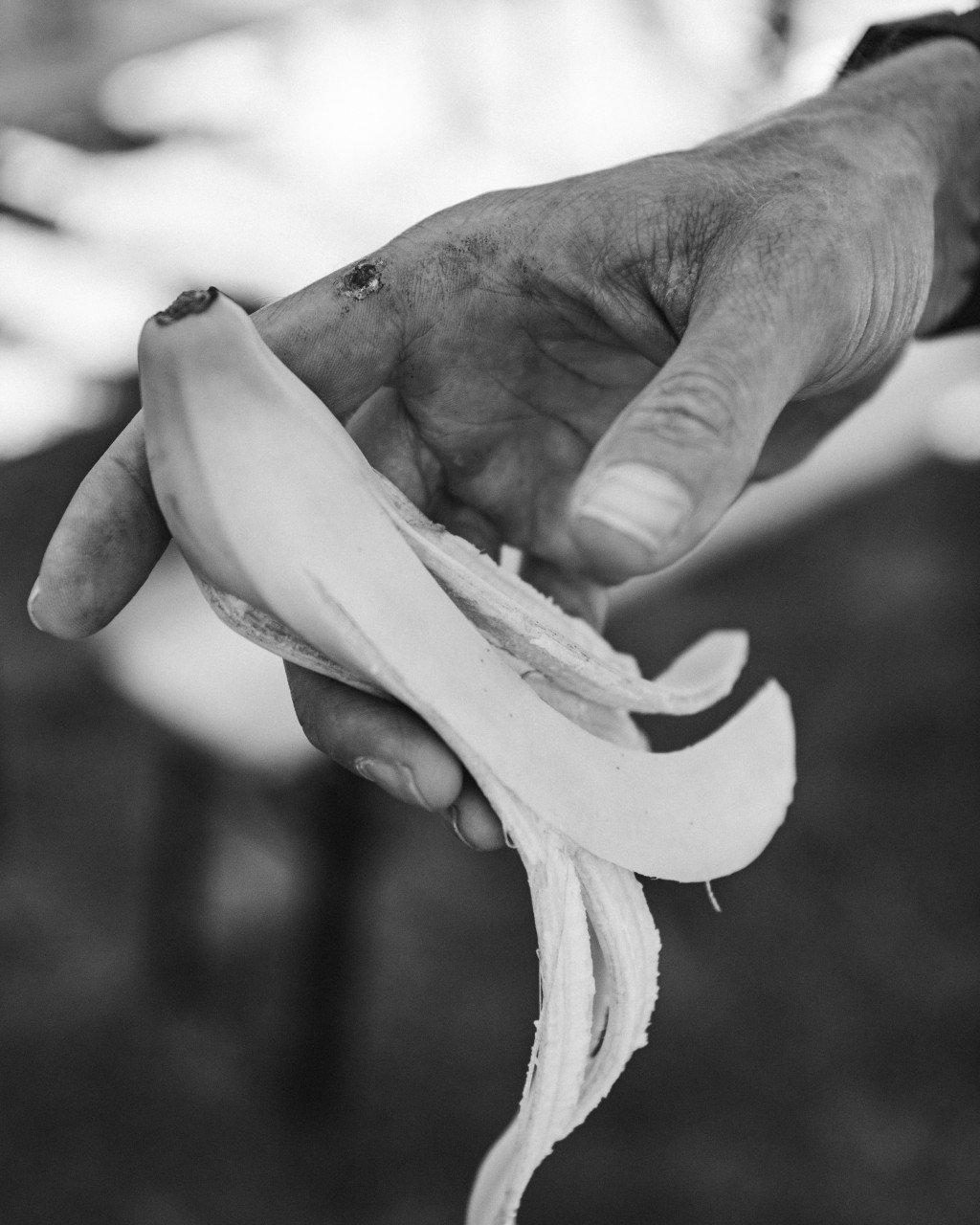
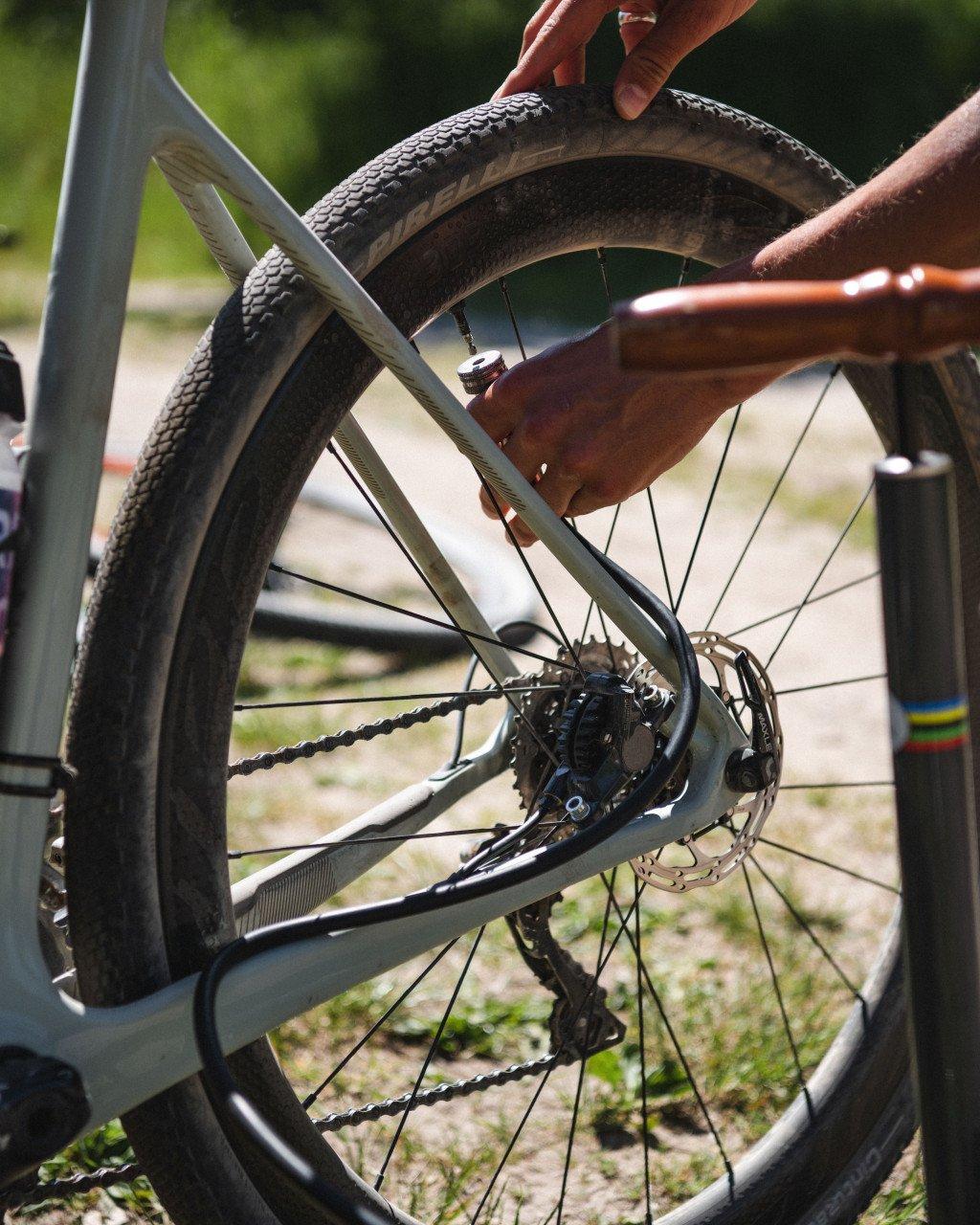
After 10km of undulating gravel terrain, the teams were faced with the final, steepest climb of the day. At 1.5km in length, averaging 8%, and reaching a maximum grade of 17%, it did not take long for each of the teams to break apart. Unable to assist your teammates up the brutal inclines, it was every man for himself before reaching the tarmac descent leading back towards the coastline.
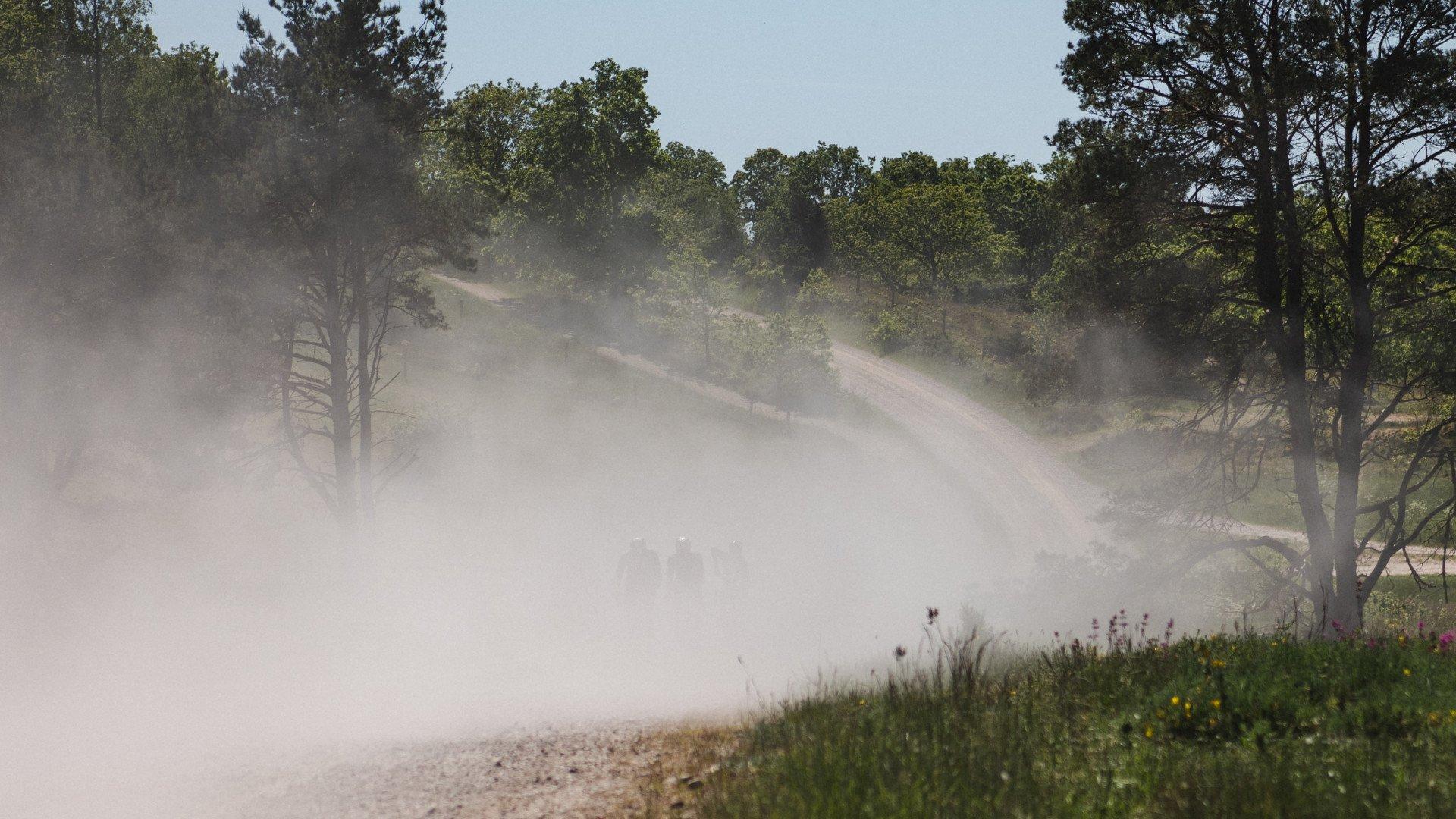
Gallery
Five and a half hours after departing early that morning, each of the ten teams slowly started to dribble back into the finishing area. Kits covered in salt, dust, and blood were quickly peeled off and shed like a second skin. Under the baking summer sun, riders compared the day’s war wounds and tan lines, some listening to each other’s stories and others slipping into a momentary fugue state as the day’s exhaustion slowly took control of their battered bodies.
